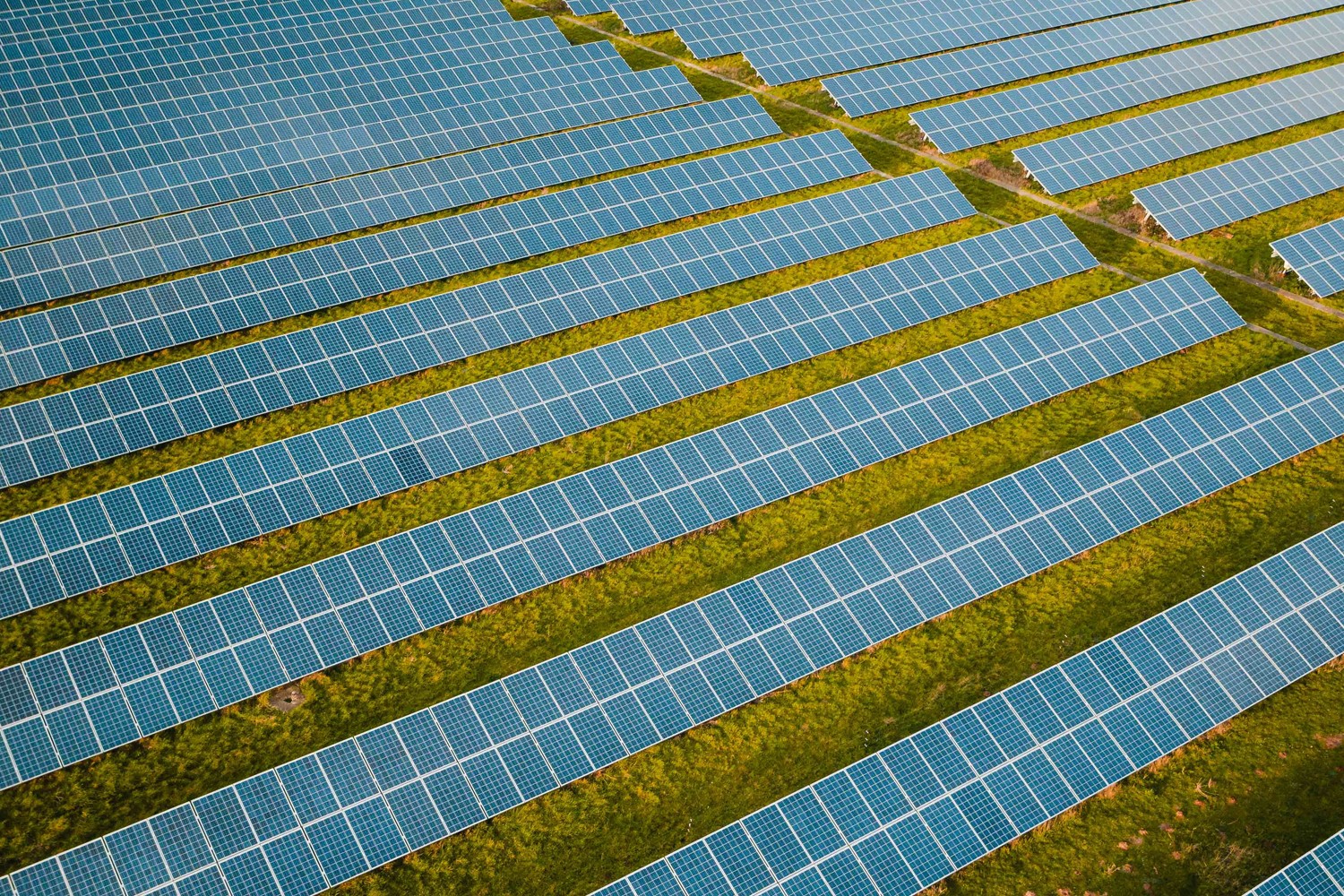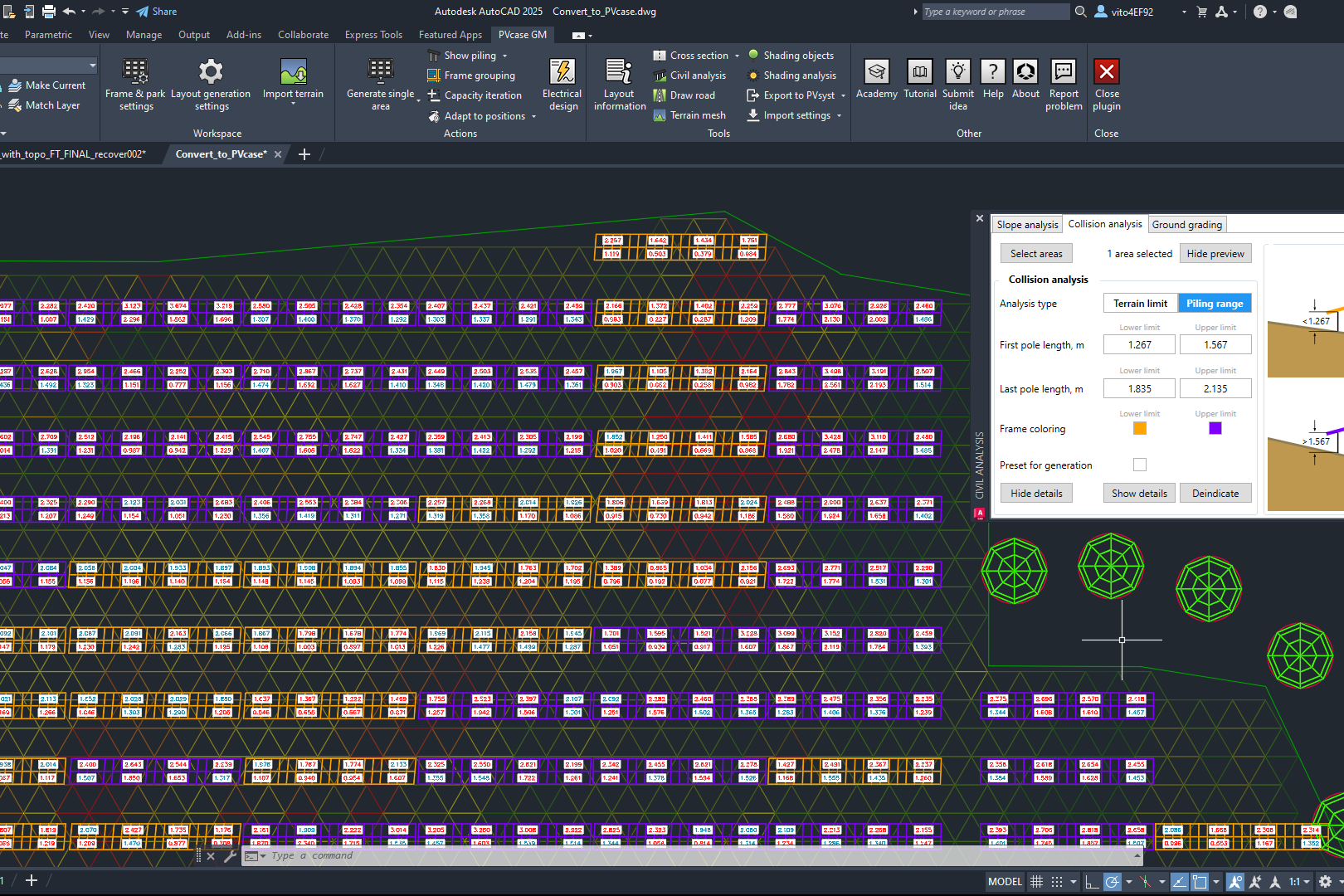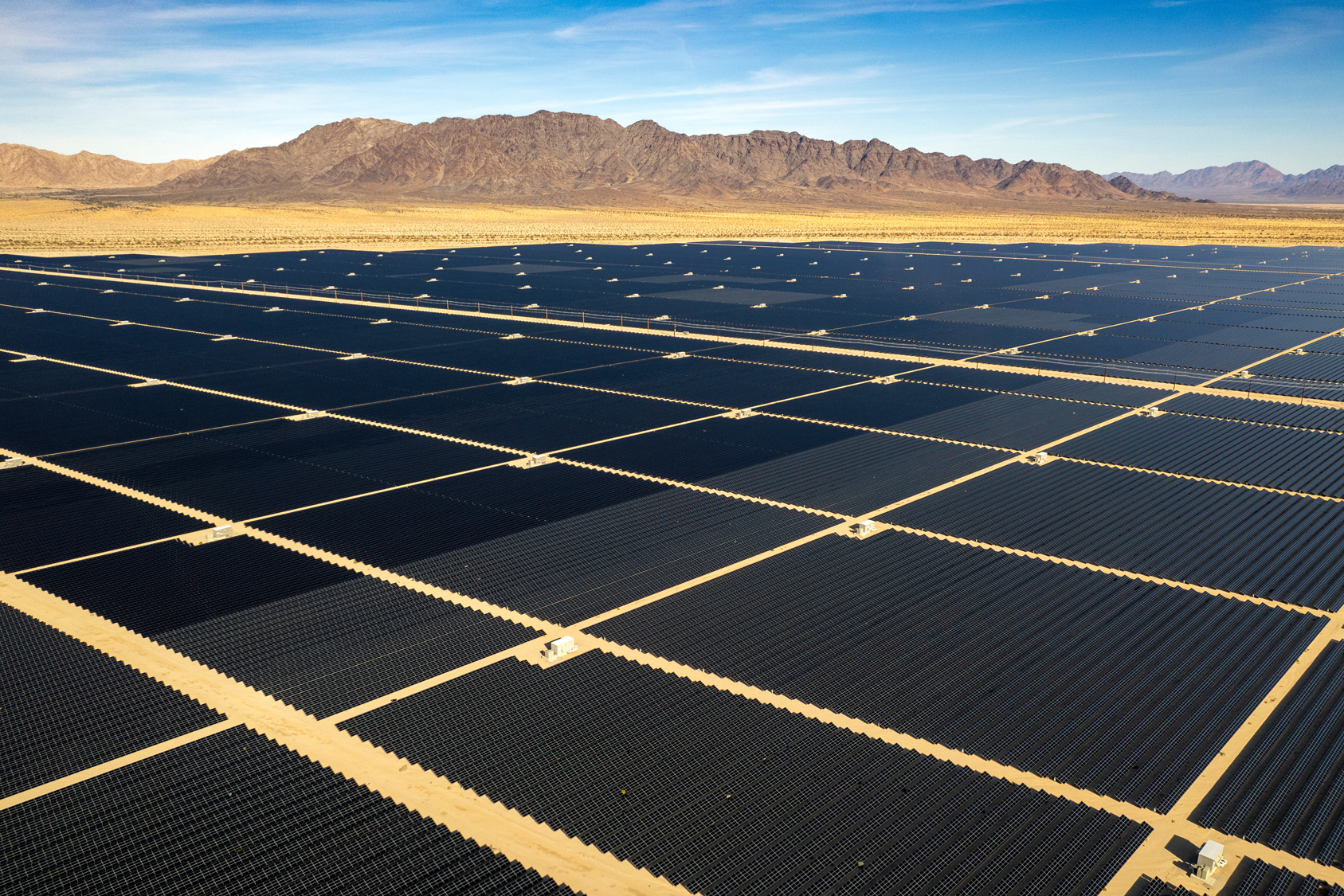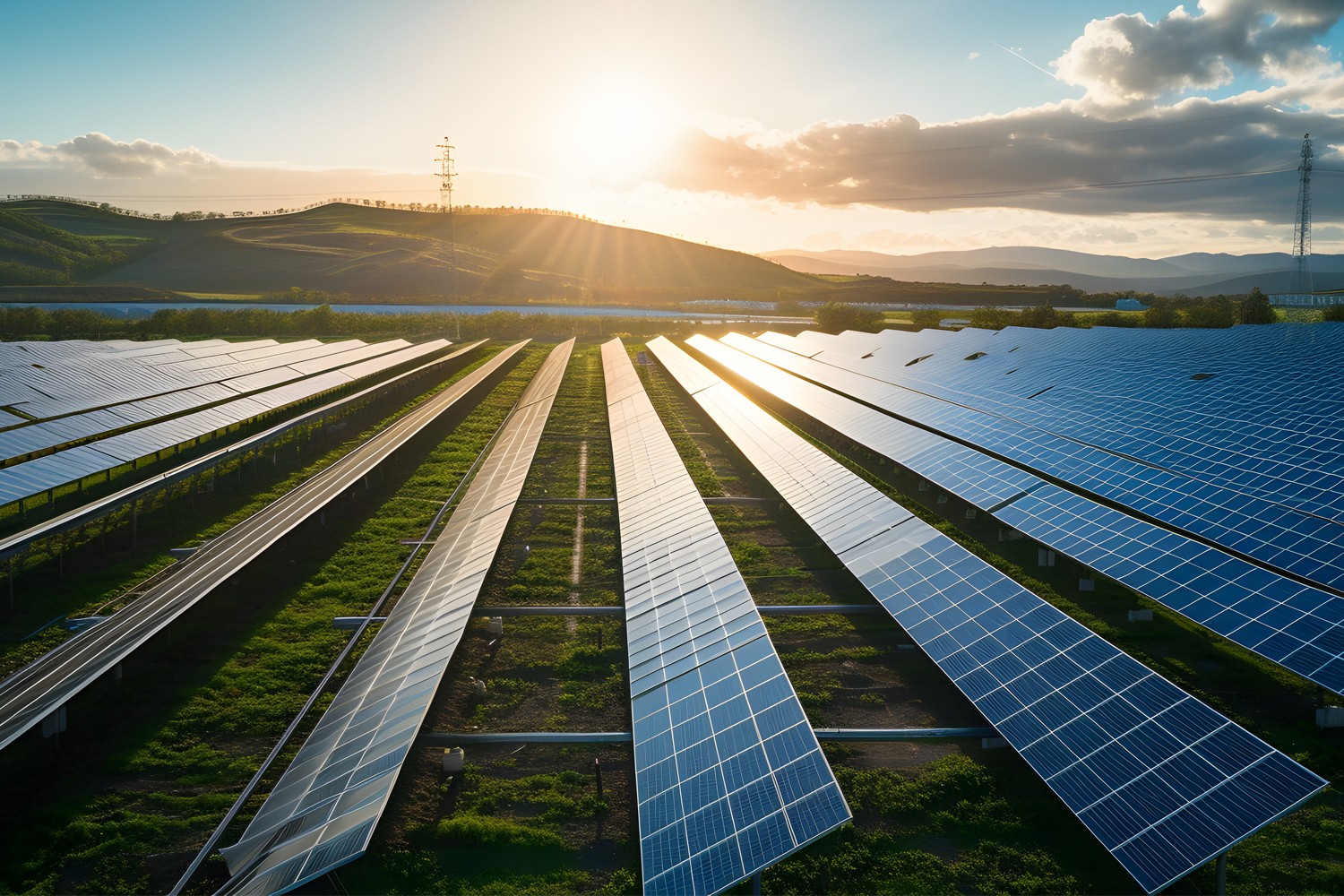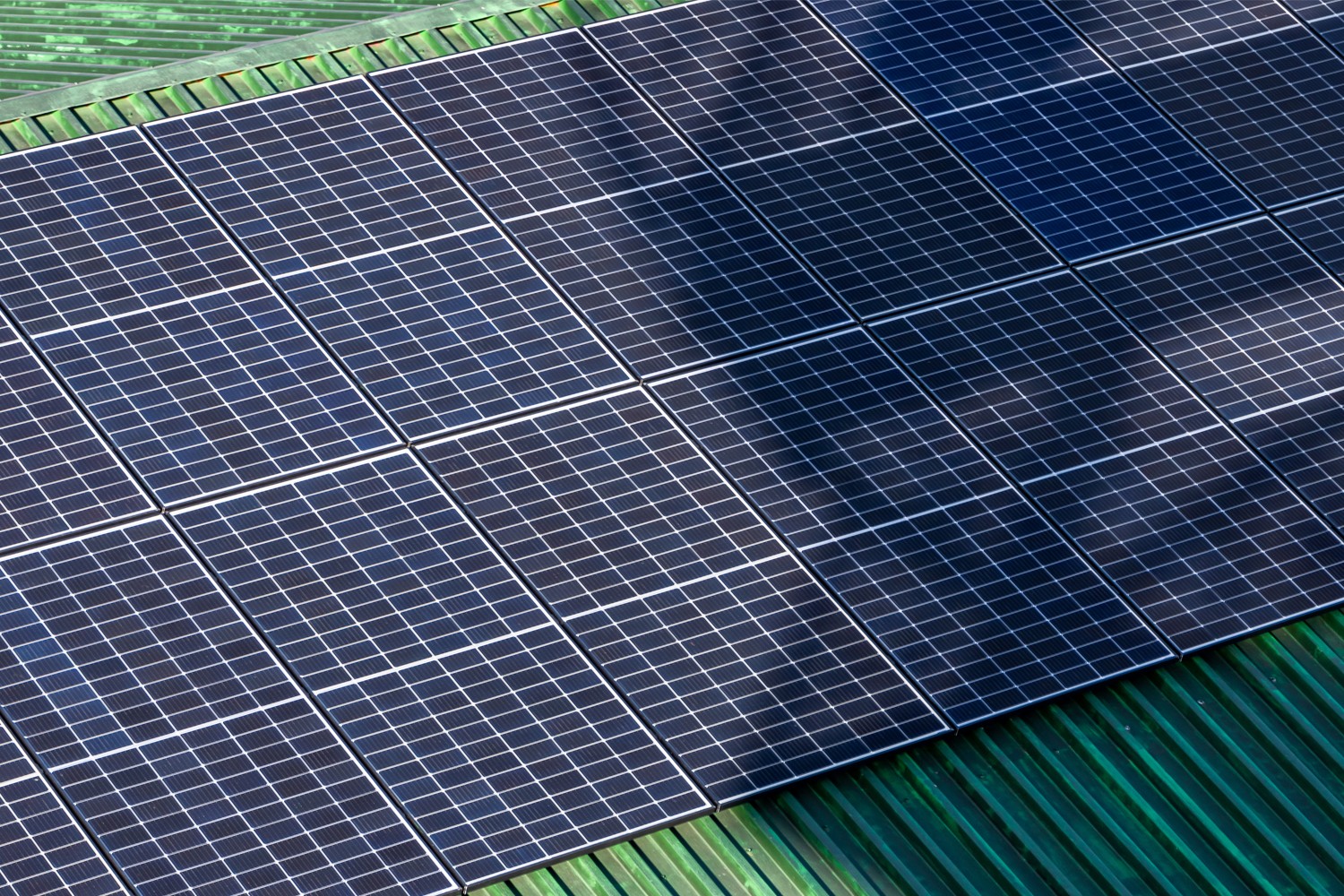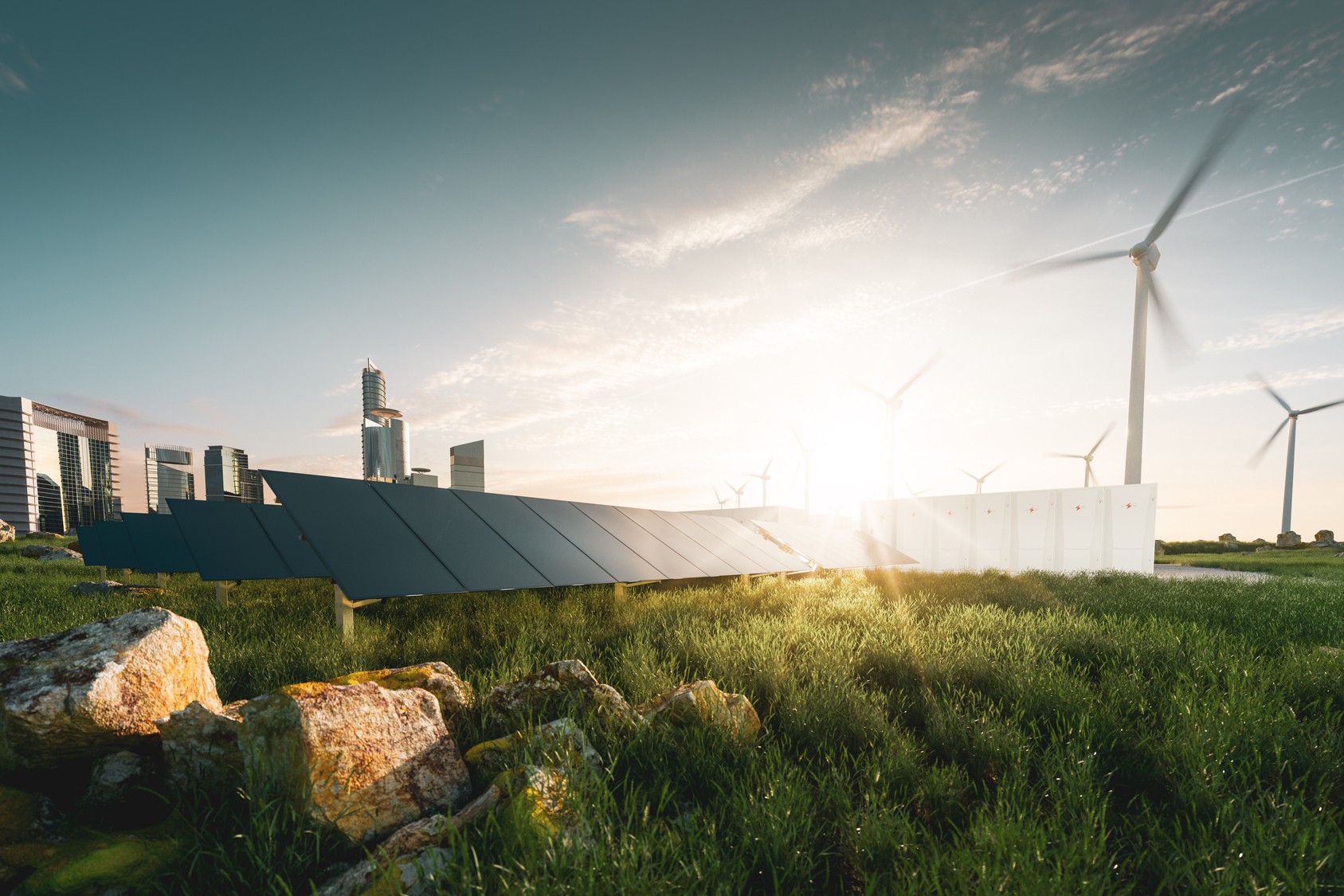2023 will bring some big and exciting changes into the already-thriving solar energy landscape. Keeping in mind that in 2022 this industry was one of the fastest-growing segments within the energy space, we are more than thrilled about 2023. So let’s see a few key near-future predictions for the solar market.
The solar industry will definitely grow
While 2022’s supply chain issues, inflation, trade policy uncertainty, and increased interest rates are likely to carry over into 2023, the growing demand and the incentives coming from the IRA, the EU Renewable Energy Directive, and other powerful legislations will maintain constant growth. Competitive costs, robust demand, and beneficial policies will likely be strong industry drivers this year.
Due to the continual rise of fossil fuel costs, wind and solar will be the most sustainable and cheapest energy sources in 2023. The IRA will also provide a substantial acceleration to solar growth — as per Deloitte’s report, the legislation will help the US to gain 525 to 525 GW of new utility-scale clean power by 2030.
As more companies transition to clean energy, great demand for solar energy comes from the corporate world. By now, more than 380 businesses have shifted to 100% clean electricity by joining the RE100 initiative. Due to rising electricity prices, the demand for residential solar will likely grow in 2023.
Solar profits are likely to rise
Solar companies’ earnings before interest, taxes, depreciation, and amortization (EBITDA) are likely to rise from 2022’s 16% to 18-30%. One of the reasons for it is the potential stabilization of polysilicon prices due to new supply sources. Easing shipping supports and supply constraints and supporting legislative initiatives such as the IRA or REPowerEU will also make the solar industry more profitable.
Moreover, new technologies such as PVcase’s newly developed Yield tool and digital twin capabilities will make yield predictions more accurate and will minimimize the potential profit losses experienced due to inaccurate calculations.
Rising manufacturing levels will alleviate supply chains
While the domestic manufacturing sector still can’t satisfy the US demand for renewable energy components, the IRA incentives will likely spur new domestic industry establishments to alleviate the supply-chain burden. The IRA promises tax credits for domestic production and its usage. 28 billion dollars worth of new renewables manufacturing investment has already been announced in the US. However, it will likely take 2 to 3 years for domestic manufacturing levels to ease the supply-chain challenges even more significantly.
The solar industry will likely face increasing cybersecurity risks
As the renewable industry rapidly expands, it will inevitably become a target for cybercriminals. The fact that many renewable operations rely on digital software often outsourced or manufactured by third parties exacerbates the risks even more. The renewable industry can also be an attractive target for cybercriminals due to its sensitive nature and the possibility of incurring substantial damage.
The energy industry has long been a sensitive spot. The utility sector saw around a 46% increase in cyber crimes in the US back in 2021. Three European wind energy companies experienced cyberattacks last year, one of them disabling remote control systems for almost 8000 wind turbines.
The attacks are likely to increase in 2023. They could be ransomware attempts to gain financial payment, nation-state attacks targeting countries’ critical infrastructures, or get sparked by other motives. For example, the recent attacks targeted the least protected parts of supply chains by distributing malware or phishing emails.
However, the industry is self-aware of the potential threat — many major renewable companies are expected to increase the number of cybersecurity specialists to mitigate the risks. But not all renewable entities adhere to the newest cybersecurity standards, and it will take time to implement the essential security measures. This creates a dangerous transitional period that hackers can exploit, which can also be extended due to the shortage of cybersecurity experts specialising in the area.
Renewable energy will help low-income communities
While renewable energy (e.g., rooftop solar) has been a subject for middle-class households primarily due to high costs, low-income communities will also likely benefit from the renewable energy sector shortly. For example, a California project provides low-income residents with free or almost free rooftop PV systems. New environmental justice provisions will also introduce incentive possibilities for developers to expand into less affluent communities.
Close to 45% of households in the United States are defined as low-income, so renewable energy could significantly improve life quality and reduce the energy burden for millions of people. This would undoubtedly bring ecological benefits. Moreover, the renewable energy industry creates many new job vacancies, which can reduce unemployment all across the globe. Find more info about the new solar employment possibilities in our other recent blog post.
Conclusion
2023 growth will naturally bring new challenges that will require innovative decisions and additional workforce. While it can create temporary disruptions, we are optimistic that it won’t significantly impact the overall development. With all the new legislation initiatives like the IRA, the solar sector is strong and going and there are no clear indications this will change soon.
You might also be interested in:
July 19, 2024
Siting of PV power plants. How to adapt solar designs to complex terrains?
Choosing the wrong PV project site lowers energy output, raises costs, and risks legal issues. PVcase offers solutions. Discover them by reading the article.
July 16, 2024
Overcoming technical challenges in renewable energy projects. How PVcase transformed OHLA’s design process
Explore how OHLA overcame renewable energy design challenges with PVcase, streamlining solar park operations and achieving remarkable business growth.
July 3, 2024
Bridging the renewable energy skills gap. A success story of PVcase, Enery, and the University of Applied Sciences Upper Austria
Discover how PVcase, Enery, and the University of Applied Sciences Upper Austria have collaborated to prepare future solar engineers through an innovative educational initiative,…
July 1, 2024
Top 10 questions from Intersolar Europe 2024, answered
Get answers to the top 10 questions asked during Intersolar Europe 2024 that cover PVcase Prospect's availability, integration of PVcase products, and much more. Your question is…
June 19, 2024
Targeted solar marketing for successful landowner outreach — e-book included!
Discover how innovative strategies and Anderson Optimization's GIS Site Selection can boost solar outreach ROI and conversions. Download the ebook for more insights!
June 3, 2024
PVcase is part of the 42-month long SUPERNOVA project
PVcase, together with 19 partners from all over the world, is part of the 42-month SUPERNOVA project, focusing on O&M and grid-friendly solutions for reliable, bankable, and…
May 29, 2024
PVcase tools are now compatible with AutoCAD 2025!
We’re happy to announce that you can now use PVcase Ground Mound and Roof Mount, our flagship CAD-based tools, on AutoCAD 2025, enjoy its multiple functionalities and integrate…
May 20, 2024
PVcase is the finalist of “The smarter E AWARD” in the Photovoltaics category
We’re the finalists of “The Smarter E AWARD”! Read more about the nomination and dive into the PVcase Integrated Product Suite offering that innovates the industry.
May 14, 2024
Making great designs on good sites—the importance of topo data for PV design
Topo data is the first step in determining the success of your solar project. While the terrain is crucial in this regard, developers should also consider grid connectivity and…
April 29, 2024
How policy can shape future solar energy expansion
Policymakers and regulatory organizations must actively support solar power's growth and renewable energy advancement. Read the article to learn how.
April 25, 2024
Shading Analysis: advanced feature for C&I roof-mount solar projects is live
Shading Analysis is live! Read the article to learn about benefits, capabilities of the tool, and how it can help users and decision-makers.
April 9, 2024
PVcase wins the BNEF Pioneer Award 2024 for innovative solar design solutions
We won the prestigious 2024 BNEF Pioneers Award! Find out how our software contributes to relieving bottlenecks in the deployment of clean power.
March 29, 2024
Sustainable cities: what urban living of the future might look like
From clean energy to green bonds and renewable energy stocks, there are many ways you can invest your money in a sustainable future. Find them out by reading the article.
March 22, 2024
8 ways to invest your money in a sustainable future
From clean energy to green bonds and renewable energy stocks, there are many ways you can invest your money in a sustainable future. Find them out by reading the article.
March 21, 2024
8 business opportunities in renewable energy
There are many potentially lucrative business opportunities in renewable energy. Learn how you can use these opportunities to make money while contributing to the green…

